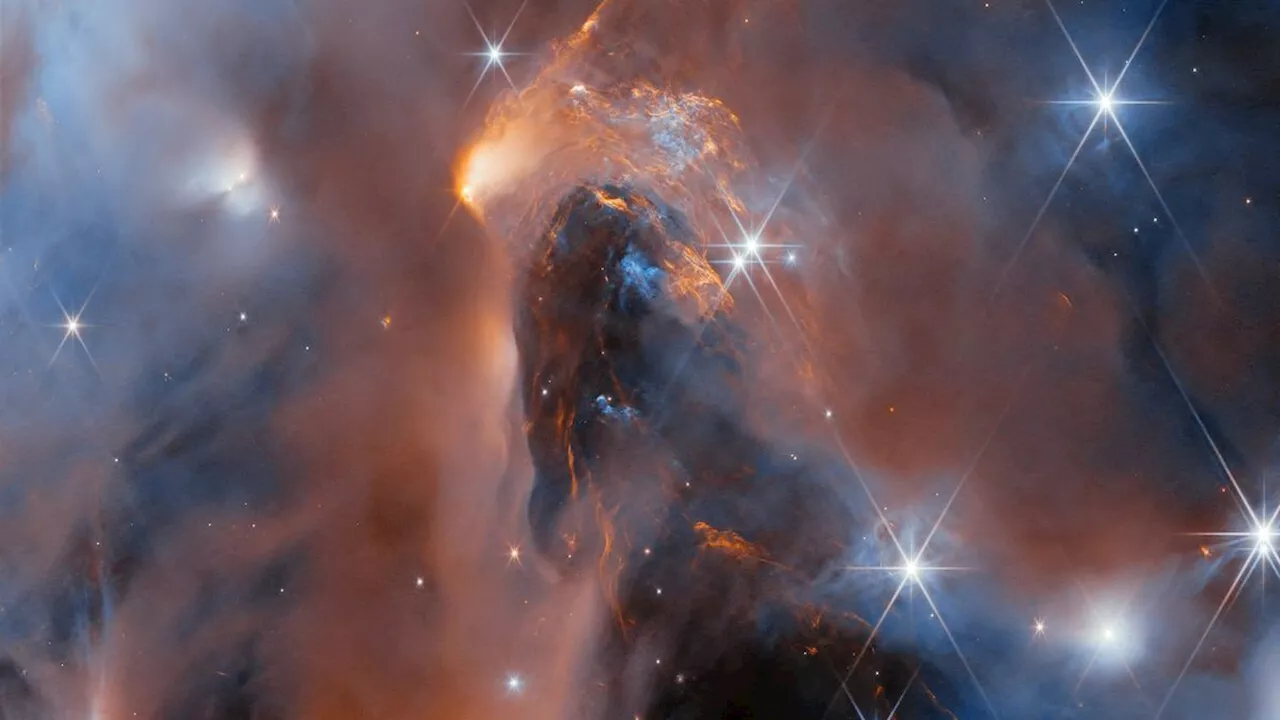Keith Cooper is a freelance science journalist and editor in the United Kingdom, and has a degree in physics and astrophysics from the University of Manchester.
Jam packed issues filled with the latest cutting-edge research, technology and theories delivered in an entertaining and visually stunning way, aiming to educate and inspire readers of all agesA James Webb Space Telescope image of a region the Perseus Molecular Cloud called NGC 1333, where six rogue planets have been discovered.The James Webb Space Telescope has identified half a dozen free-floating planets wandering alone in the Perseus Molecular Cloud.
This is remarkable, because it indicates that the smallest objects that form in the same way that stars do overlap in size and mass with some of the largest worlds that presumably form bottom-up and orbit around stars. "We are probing the very limits of the star-forming process," said Adam Langeveld, an astrophysicist also at Johns Hopkins University who led the new findings."If you have an object that looks like a young Jupiter, is it possible that it could have become a star under the right conditions? This is important context for understanding both star and planet formation."
What is not in dispute is that brown dwarfs can have orbiting planets, and in addition to the six newfound rogue worlds, Langeveld and Jayawardhana's team also discovered a brown dwarf in NGC 1333 with a planet, which is a fairly rare find in itself.systems do, from a cloud fragmenting as it contracted," said Jayawardhana."The diversity of systems that nature has produced is remarkable and pushes us to refine our models of star and planet formation.
United States Latest News, United States Headlines
Similar News:You can also read news stories similar to this one that we have collected from other news sources.
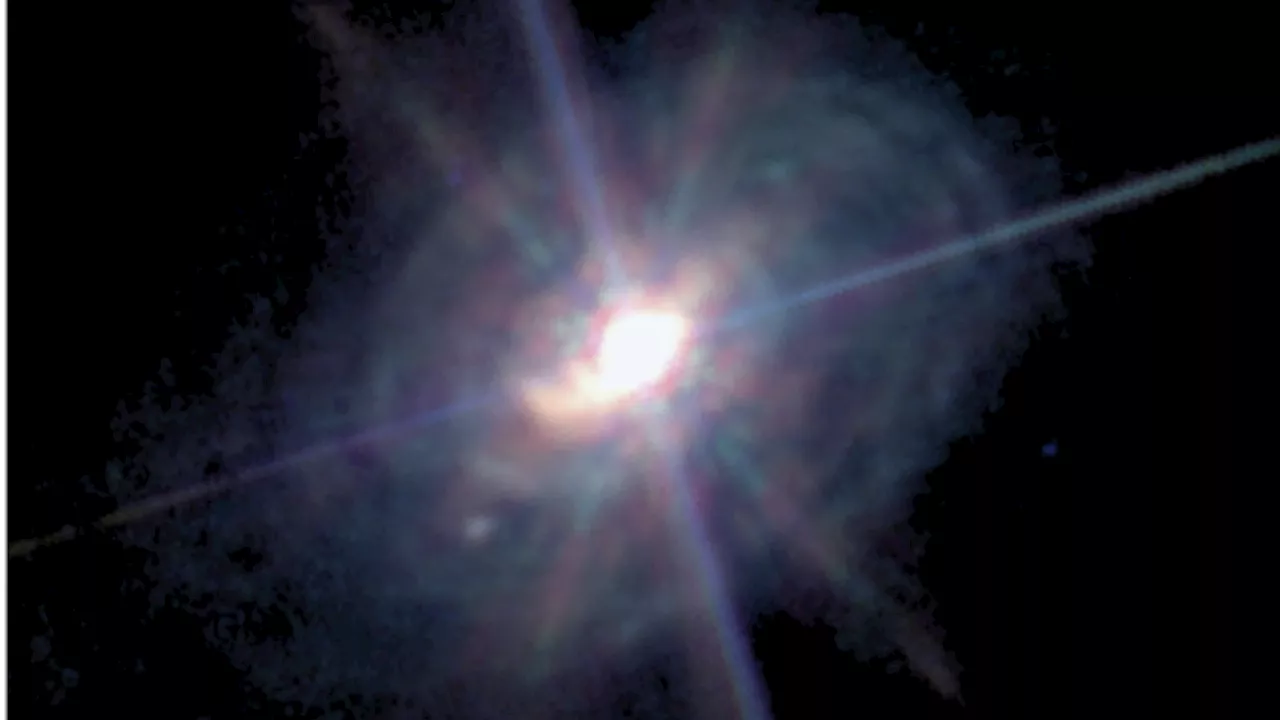 James Webb Space Telescope finds a shock near supermassive black hole (image)Robert Lea is a science journalist in the U.K. whose articles have been published in Physics World, New Scientist, Astronomy Magazine, All About Space, Newsweek and ZME Science. He also writes about science communication for Elsevier and the European Journal of Physics. Rob holds a bachelor of science degree in physics and astronomy from the U.K.
James Webb Space Telescope finds a shock near supermassive black hole (image)Robert Lea is a science journalist in the U.K. whose articles have been published in Physics World, New Scientist, Astronomy Magazine, All About Space, Newsweek and ZME Science. He also writes about science communication for Elsevier and the European Journal of Physics. Rob holds a bachelor of science degree in physics and astronomy from the U.K.
Read more »
 Space photo of the week: James Webb telescope catches baby stars roaring to lifeJamie Carter is a freelance journalist and regular Live Science contributor based in Cardiff, U.K. He is the author of A Stargazing Program For Beginners and lectures on astronomy and the natural world. Jamie regularly writes for Space.com, TechRadar.com, Forbes Science, BBC Wildlife magazine and Scientific American, and many others.
Space photo of the week: James Webb telescope catches baby stars roaring to lifeJamie Carter is a freelance journalist and regular Live Science contributor based in Cardiff, U.K. He is the author of A Stargazing Program For Beginners and lectures on astronomy and the natural world. Jamie regularly writes for Space.com, TechRadar.com, Forbes Science, BBC Wildlife magazine and Scientific American, and many others.
Read more »
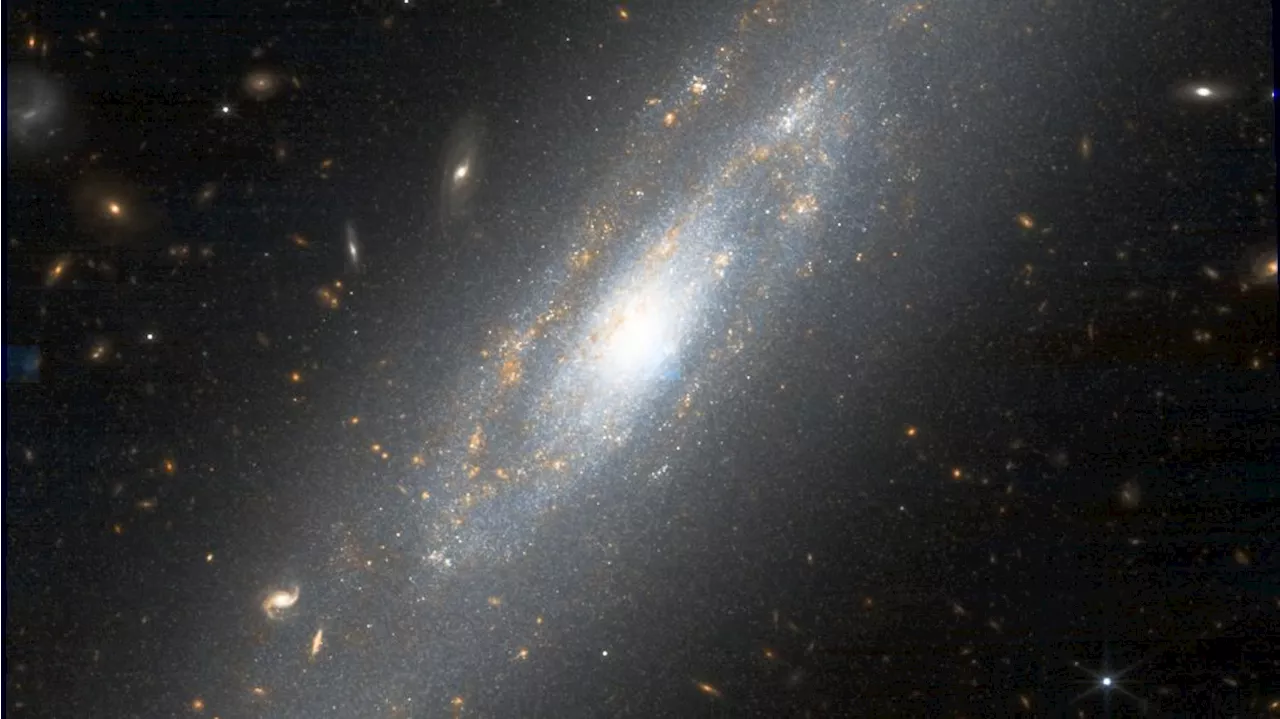 James Webb Space Telescope adds to the confusing drama of Hubble tensionKeith Cooper is a freelance science journalist and editor in the United Kingdom, and has a degree in physics and astrophysics from the University of Manchester.
James Webb Space Telescope adds to the confusing drama of Hubble tensionKeith Cooper is a freelance science journalist and editor in the United Kingdom, and has a degree in physics and astrophysics from the University of Manchester.
Read more »
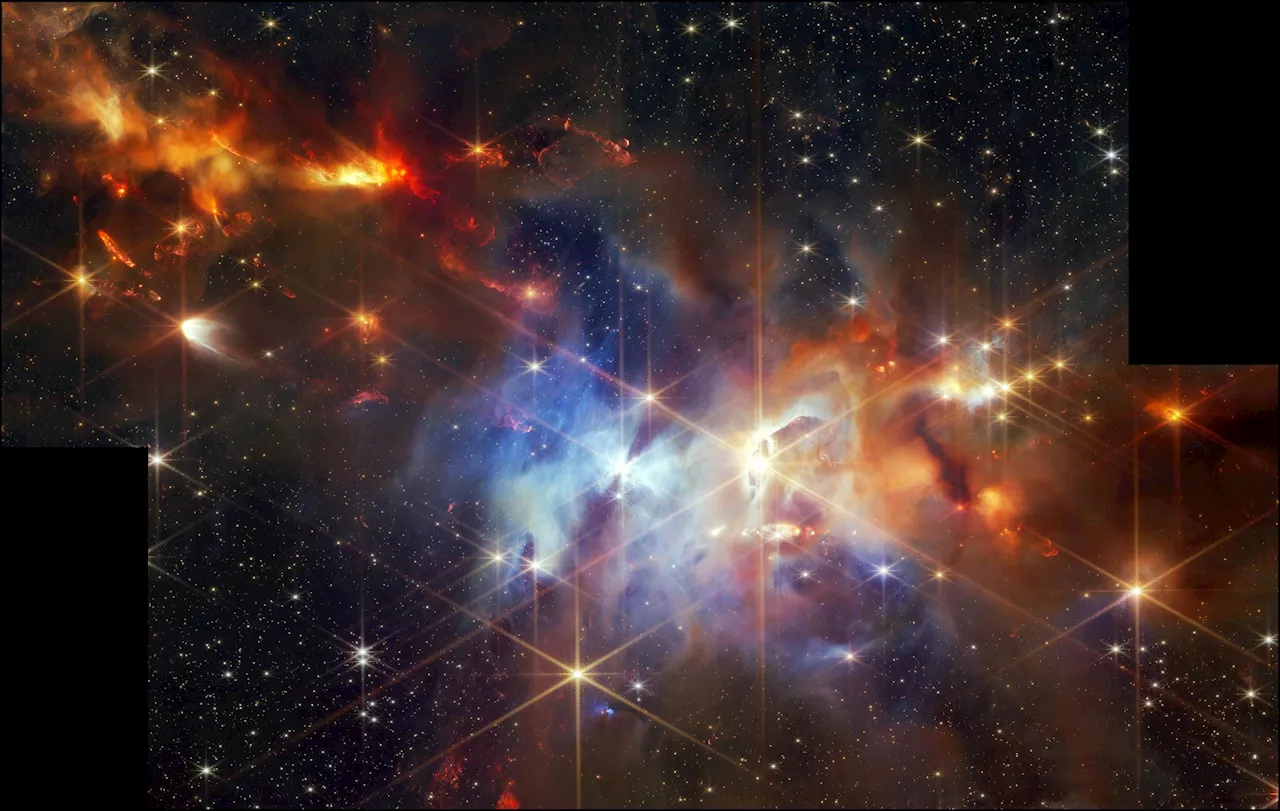 Webb Space Telescope Uncovers Stellar Jets in Perfect AlignmentScience, Space and Technology News 2024
Webb Space Telescope Uncovers Stellar Jets in Perfect AlignmentScience, Space and Technology News 2024
Read more »
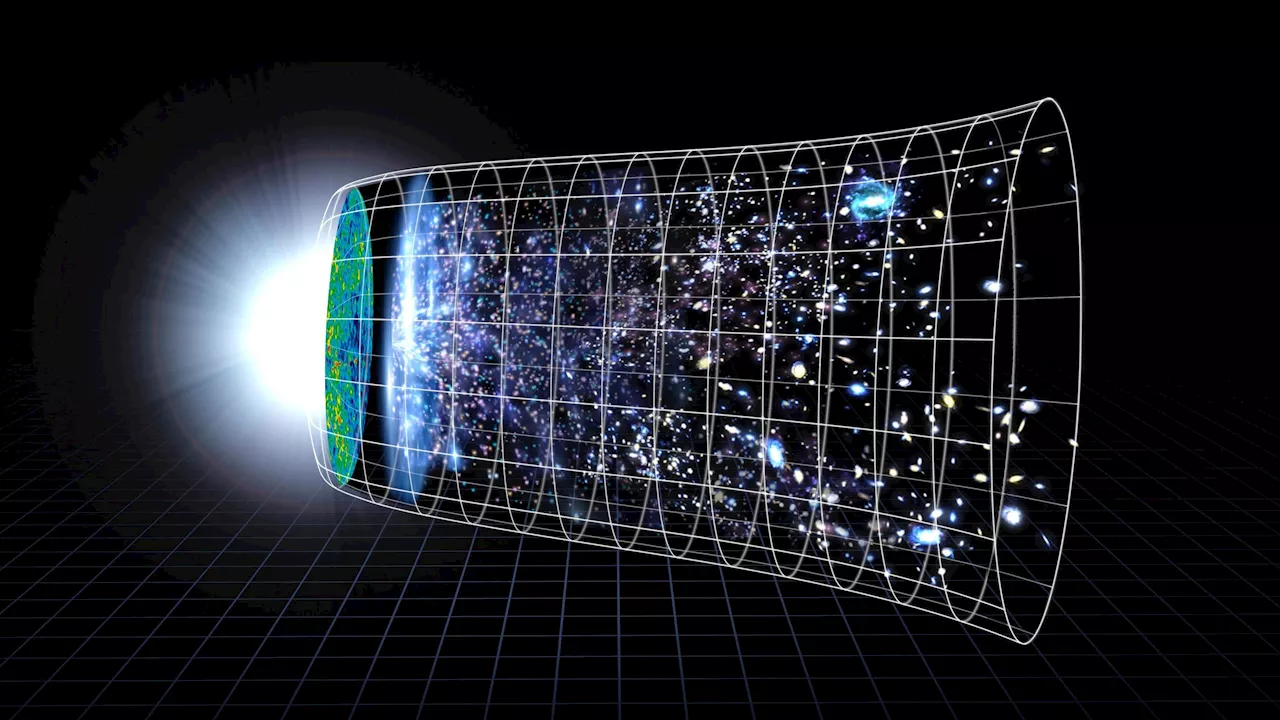 James Webb Telescope May Have Finally Solved the Crisis in CosmologyScience, Space and Technology News 2024
James Webb Telescope May Have Finally Solved the Crisis in CosmologyScience, Space and Technology News 2024
Read more »
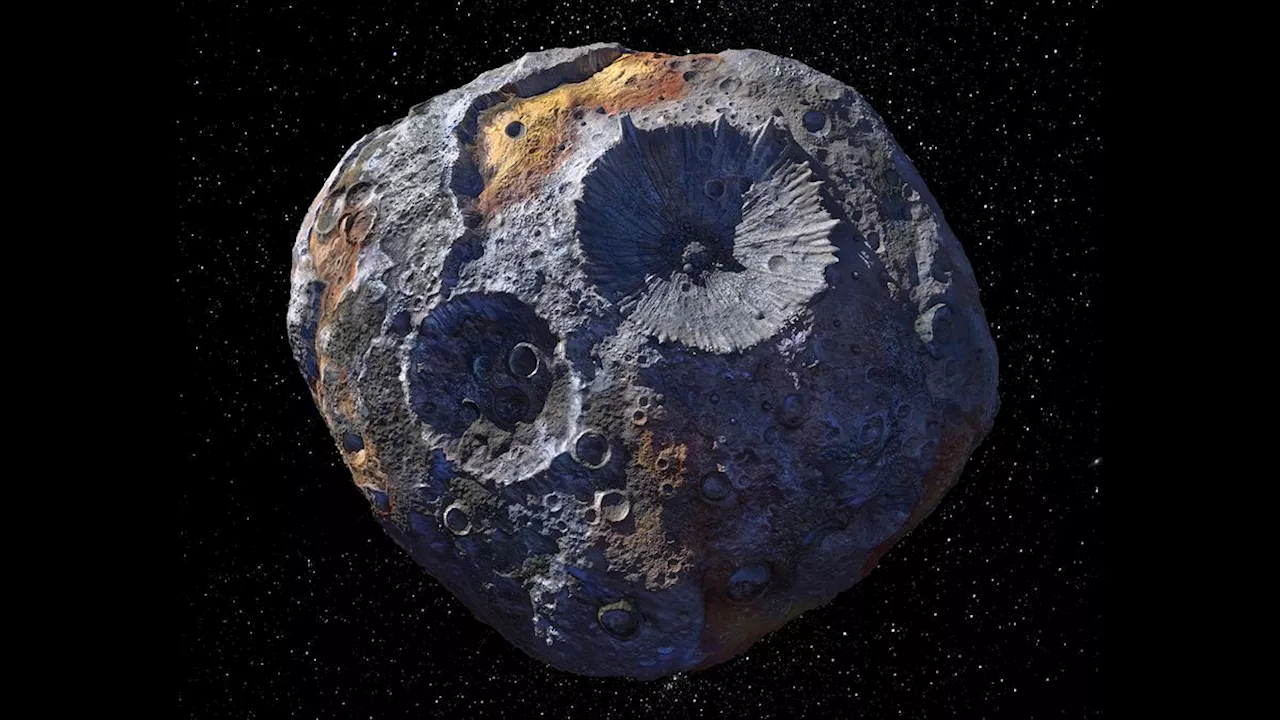 James Webb telescope detects signs of rust on priceless, metal-rich asteroid PsycheDeepa Jain is a freelance science writer from Bengaluru, India. Her educational background consists of a master's degree in biology from the Indian Institute of Science, Bengaluru, and an almost-completed bachelor's degree in archaeology from the University of Leicester, UK. She enjoys writing about astronomy, the natural world and archaeology.
James Webb telescope detects signs of rust on priceless, metal-rich asteroid PsycheDeepa Jain is a freelance science writer from Bengaluru, India. Her educational background consists of a master's degree in biology from the Indian Institute of Science, Bengaluru, and an almost-completed bachelor's degree in archaeology from the University of Leicester, UK. She enjoys writing about astronomy, the natural world and archaeology.
Read more »
